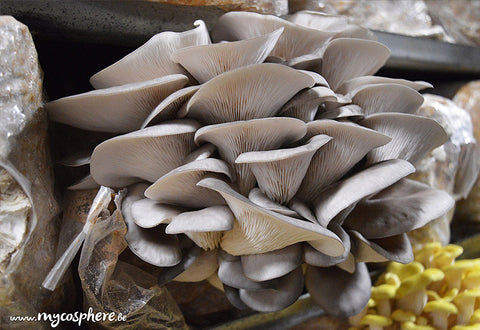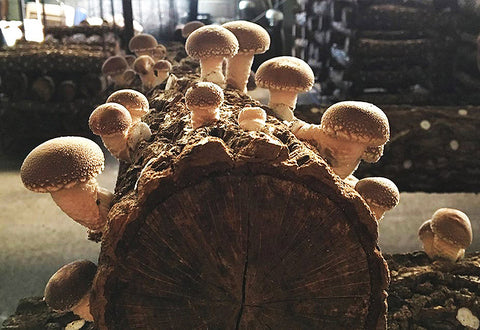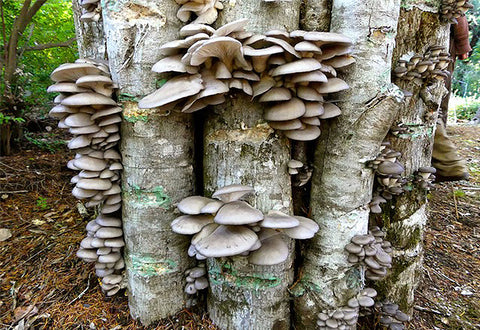Mycelium Liquid Culture G1 250 ml
- 🍄 G1 250 ML LIQUID CULTURE JARS: Perfect for growing liquid mycelium, these jars offer an advanced solution for experienced myciculturists.
- 🌱 FULLY EQUIPPED: Each jar is equipped with a filter, injection port and magnetic bar for use with a magnetic stirrer, ensuring clean, contamination-free inoculation.
- 💧 HIGH CAPACITY : Containing 250 ml of culture medium, these jars allow sufficient production to sow a large quantity of mycelium on grains or substrate.
- 📦 EASY USE : The jars are ready to use and can be used immediately upon receipt, making the inoculation process easier for experienced users. Use mycelium liquid culture syringes for effective inoculation.
- ⏳ DEADLINES: We produce the jars on request. Lead times can therefore vary between 2 and 4 weeks depending on crop availability and our schedule.
Traduction en cours...

















































